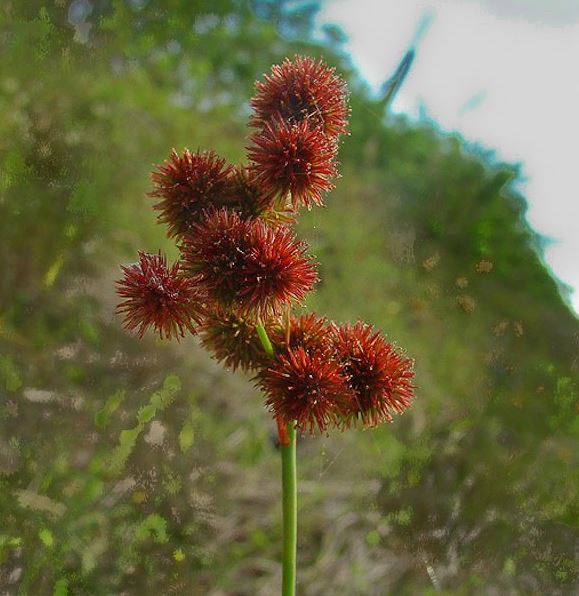Difference between revisions of "Juncus megacephalus"
(→Conservation and Management) |
|||
| Line 42: | Line 42: | ||
==Conservation and Management== | ==Conservation and Management== | ||
| + | ''J. megacephalus'' is listed as endangered/extirpated by the Maryland Department of Natural Resources Natural Heritage Program. <ref name= "USDA Plant Database"/> | ||
==Cultivation and restoration== | ==Cultivation and restoration== | ||
Revision as of 19:57, 22 May 2018
| Juncus megacephalus | |
|---|---|

| |
| Photo by John B | |
| Scientific classification | |
| Kingdom: | Plantae |
| Division: | Magnoliophyta - Flowering plants |
| Class: | Liliopsida - Moncots |
| Order: | Juncales |
| Family: | Juncaceae |
| Genus: | Juncus |
| Species: | J. megacephalus |
| Binomial name | |
| Juncus megacephalus M.A. Curtis | |

| |
| Natural range of Juncus megacephalus from USDA NRCS Plants Database. | |
Contents
Taxonomic Notes
Synonyms: none
Varieties: none
Description
J. megacephalus is a perennial graminoid of the Juncaceae family native to North America. [1]
Distribution
J. megacephalus is found along the southeastern coast of the United States from Texas to Maryland. [1]
Ecology
Habitat
J. megacephalus is found in brackish and freshwater marshes, bogs, wet prairies, interdune swales, ditches, and other wet open places. [2]
Fire ecology
J. megacephalus is not fire resistant, but has high fire tolerance. [1]
Conservation and Management
J. megacephalus is listed as endangered/extirpated by the Maryland Department of Natural Resources Natural Heritage Program. [1]